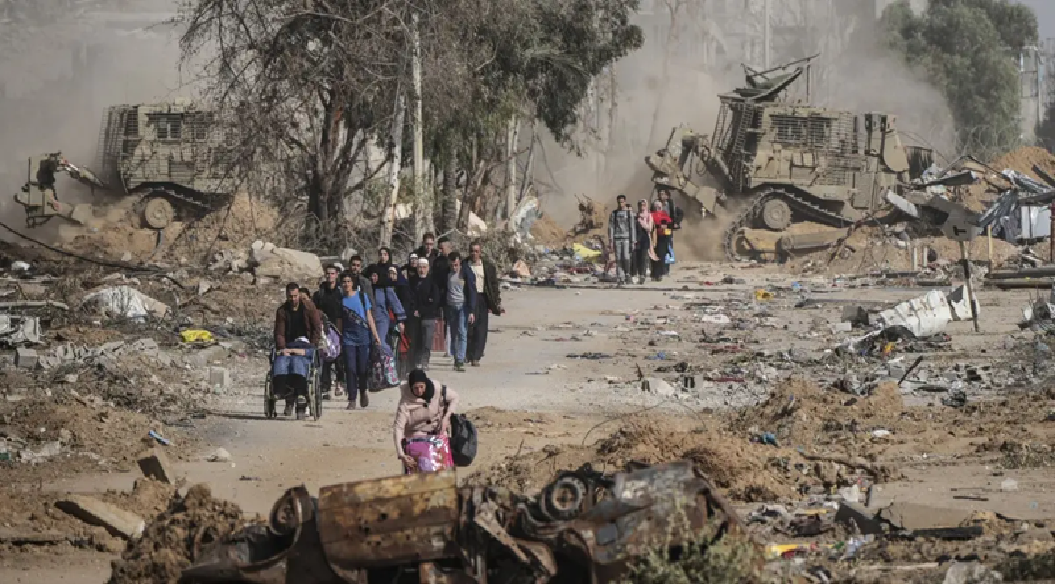
Mi-17 V5: One mishap can’t take away the sheen
Girish Linganna
The helicopter that crashed at Coonoor in Tamil Nadu Wednesday, leading to the deaths of Chief of Defence Staff Bipin Rawat, his wife Madhulika and 11 others, was a Russian-made Mi- 17V5. According to the Indian Air Force (IAF), of those on board the chopper, only Group Capt. Varun Singh has survived, and is currently undergoing treatment at the Military Hospital in Wellington.
The Mi-17V5 is produced and manufactured in Kazan, a city in southwest Russia. It is a modern military transport helicopter used by the Indian Air Force. These helicopters are part of a larger family of high-performance and multipurpose Mi-17s that can fly at high altitudes in complex weather conditions, be it in tropical and maritime climates or even in desert conditions.
General Rawat’s tragic death has cast a doubt on performance of Mi-17V5 chopper, but defence expert Major General PK Sehgal (Retd.) has said that the Mi-17V5 chopper is a very robust aircraft and that it is likely bad weather that might have led to the tragedy.
Sehgal said the IAF helicopter is used for VIP movement in nearly 60 nations across the world, adding that the Army has been using its different variants for the last 30 years and that it is normally flown by highly qualified pilots. He attributed the mishap to bad weather.
“The pilots of these aircraft are cleared by the Board of VIP Movements. They are trained to fly in bad weather. There is a change in the weather of Western Ghats, where visibility falls to less than 5 metres; so much so that you cannot see a plane next to yours, nor can you see mountains or trees. The terrain there does not allow you to make an emergency landing and it’s only sheer luck when we find a place to land there,” he said.
Mi-17V-5 (domestic designation Mi-8MTV-5) is a military transport variant in the Mi-8/17 family of helicopters. It is produced by Kazan Helicopters, a subsidiary of Russian Helicopters. Designed to transport cargo inside the cabin and on an external sling, the Mi-17V-5 is one of the world’s most advanced transport helicopters. It can also be deployed in troop and arms transport, fire support, convoy escort, patrol, and search-and-rescue (SAR) missions.
India procured 80 choppers in 2008, and the delivery of these choppers began in early 2013.
The Mi-17V-5 medium-lifter was designed based on the Mi-8 airframe. The helicopter retains the outstanding performance characteristics of its predecessors and can fly in tropical and maritime climates, as well as desert conditions.
The large cabin of the helicopter offers a floor area of 12.5m² and an effective space of 23m³. The standard portside door and ramp at rear allow for the quick ingress and egress of troops and cargo. The helicopter can be fitted with an extended starboard sliding door, rappelling and parachute equipment, searchlight, FLIR system, and emergency flotation system. The helicopter has a maximum take-off weight of 13,000kg. It can transport either 36 armed soldiers internally or 4,500kg of load on a sling.
The glass cockpit of the Mi- 17V-5 is equipped with state-ofthe- art avionics, including four multifunction displays (MFDs), night-vision equipment, an on-board weather radar, and an autopilot system. The advanced cockpit reduces pilots’ workload. The custom-made Indian Mi-17V-5 helicopters integrate KNEI-8 avionics suite including navigation, information-displays and cueing systems.
It is armed with Shturm-V missiles, S-8 rockets, a 23mm machine gun, PKT machine guns, and AKM sub-machine guns. It features eight firing posts for aiming the weapons. The on-board armament allows the crew to engage enemy personnel, armoured vehicles, land-based targets, fortified fire posts, and other fixed and moving targets.
The cockpit and vital components of the helicopter are protected by armoured plates. The aft machine gun position is also fitted with armoured plates to protect the gunner. The self-sealed fuel tanks are filled with foam polyurethane and are protected against explosions. The helicopter incorporates engineexhaust infrared (IR) suppressors, a flares dispenser, and a jammer.
Engine and performance of Mi-17V-5
The powerplant of the Mi-17V-5 integrates either a Klimov TV3- 117VM or VK-2500 turbo-shaft engine. The TV3-117VM develops a maximum power of 2,100hp, whereas the VK-2500 provides a power output of 2,700hp. The VK-2500 is an upgraded version of the TV3-117VM engine family. It is equipped with a new fullauthority digital control system (FADEC).
The Mi-17V-5 has a maximum speed of 250km/h, and a standard range of 580km, which can be extended to 1,065km when fitted with two auxiliary fuel tanks. It can fly at a maximum altitude of 6,000m.
The last batch of the chopper was delivered to India in 2018. There hav
 English daily published in Bengaluru & Doha
English daily published in Bengaluru & Doha






